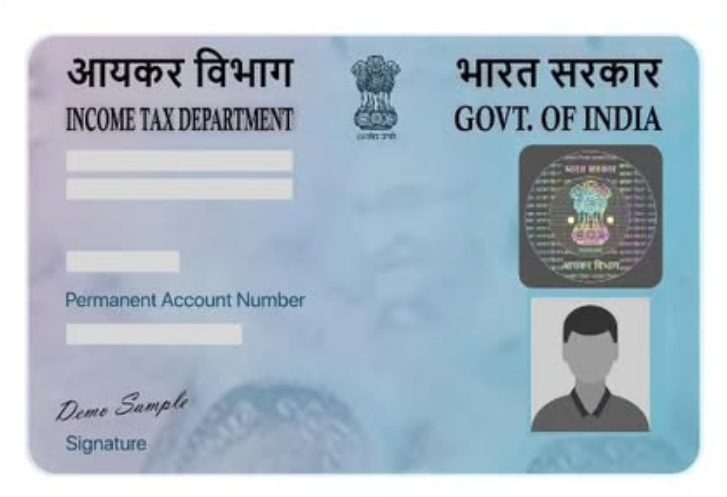B2B Whitelabel Portal
B2B white-label Portal solutions are specifically designed for business-to-business use. This includes software for managing accounting, project management, inventory management, and other enterprise-level solutions.
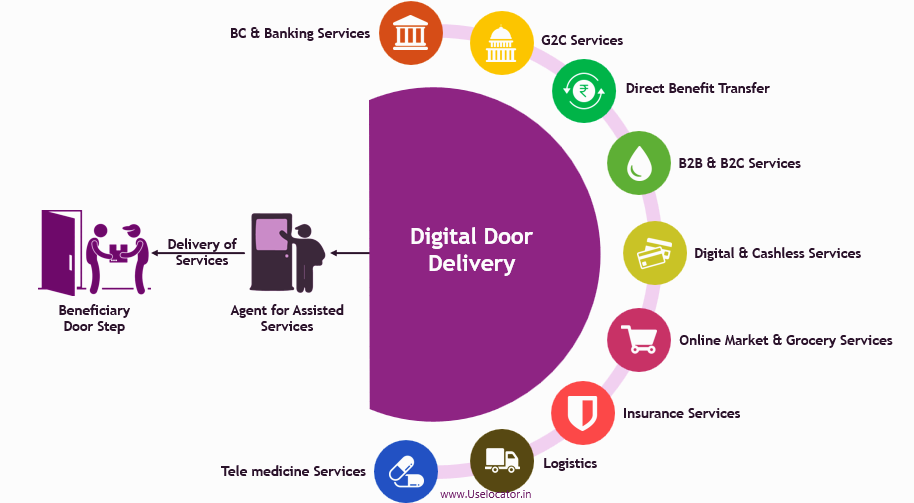
B2B White-label Portal refer to a business model where one company (the provider) offers products or services to another company (the reseller) to rebrand, market, and sell under their own name or brand. These products or services are typically developed by the provider, but the reseller presents them to their customers as their own, without showing the original provider's branding.
Uselocator Multiservices
B2B Whitelabel PORTAL
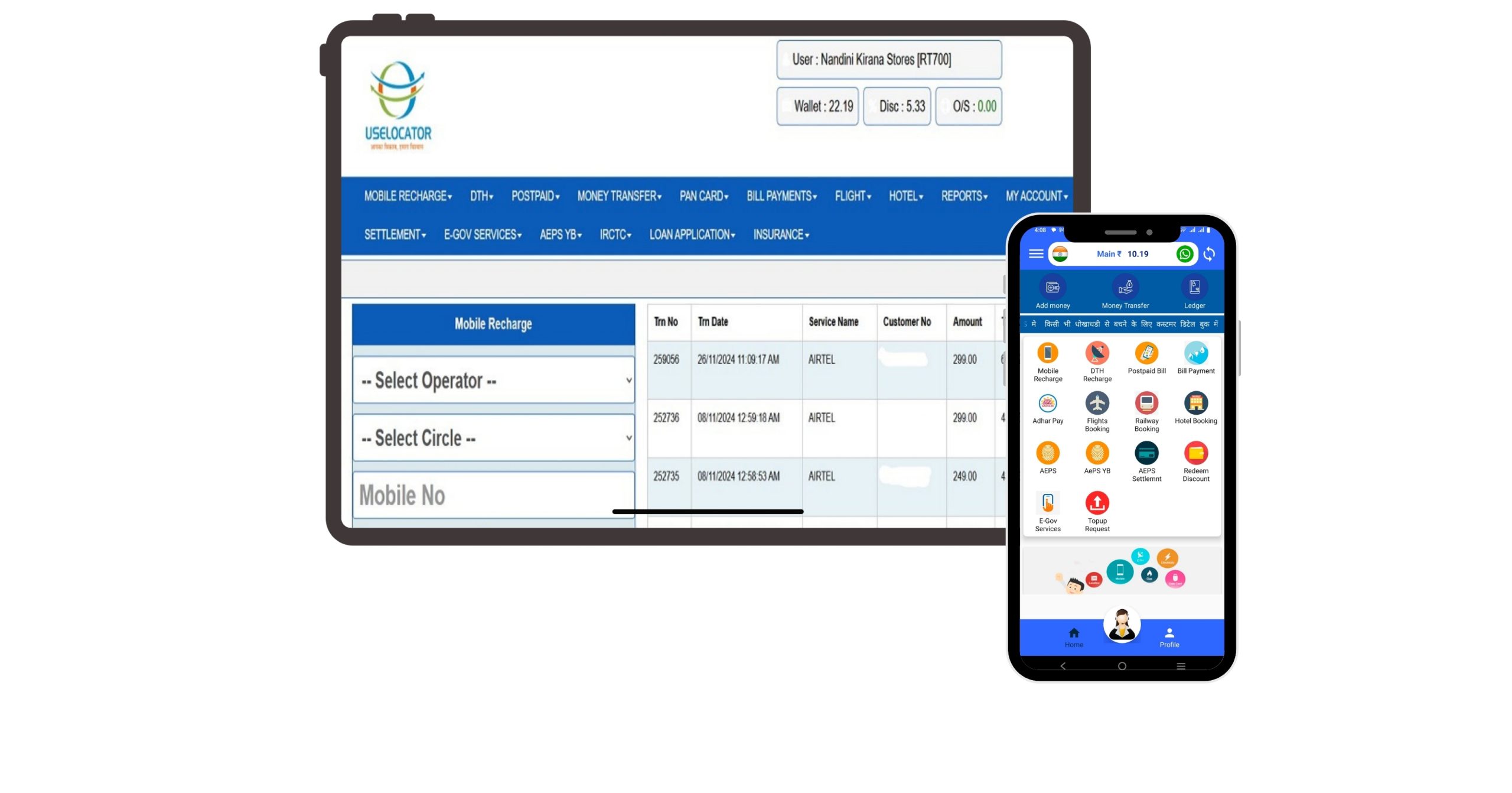
Our Services
The B2B white-label Software business model is a powerful strategy that allows companies to rapidly expand their product offerings, reduce development costs.
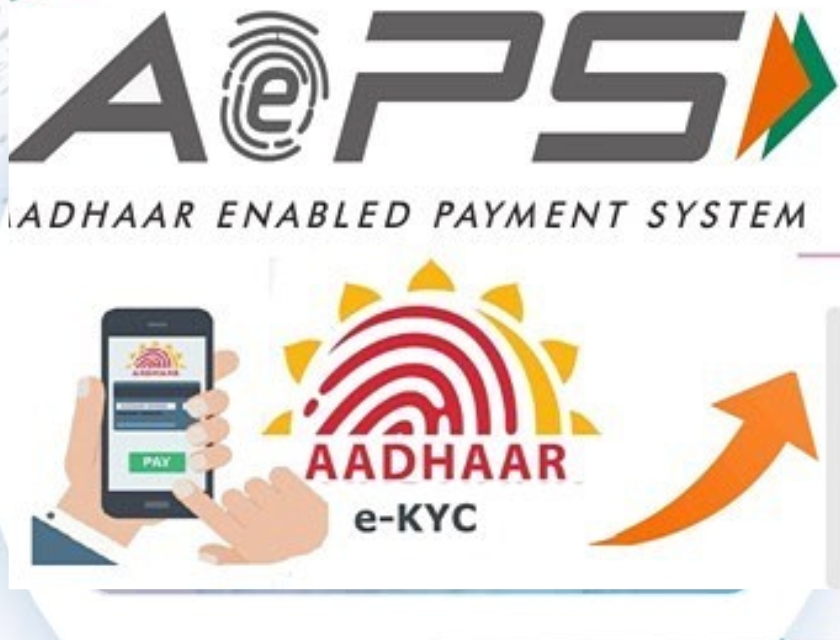
AEPS
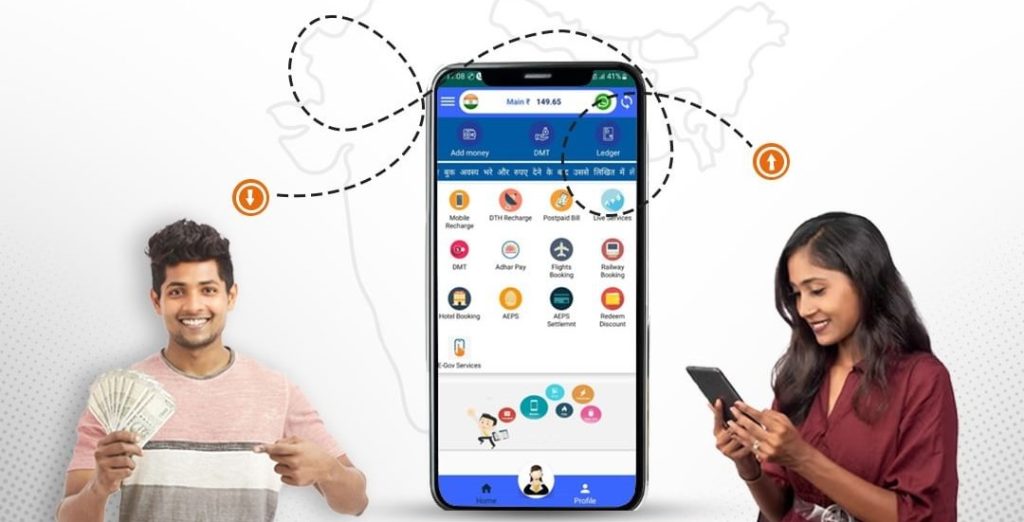
DMT Domestic Money Transfer
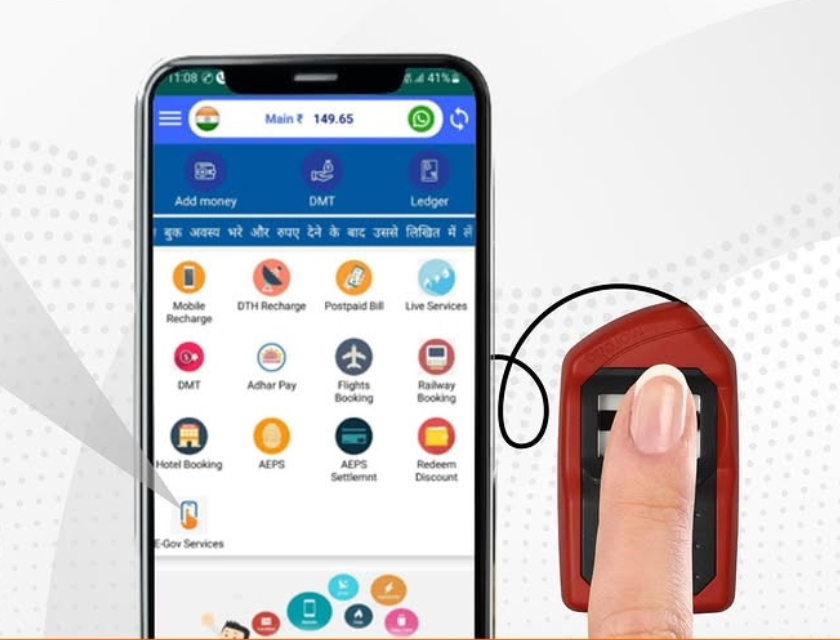
Aadhar Pay
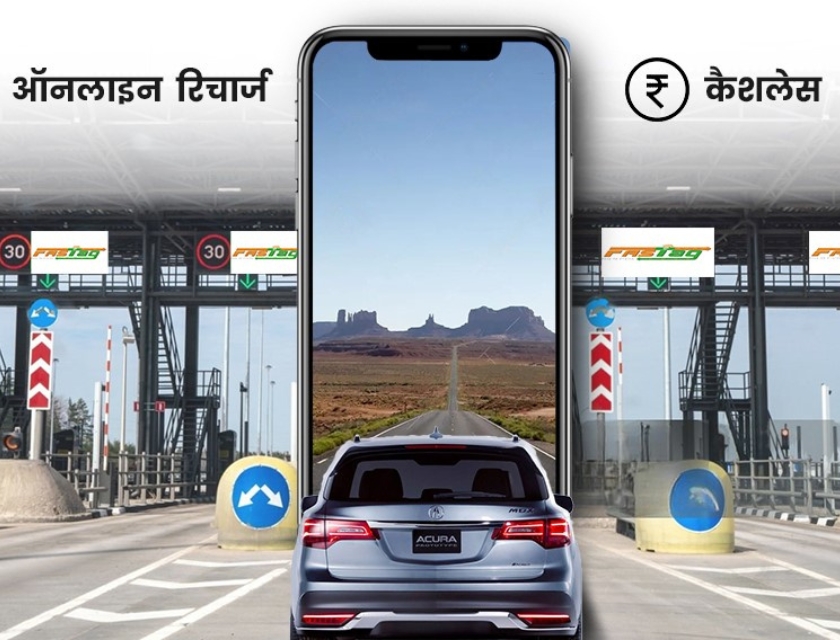
FastTag
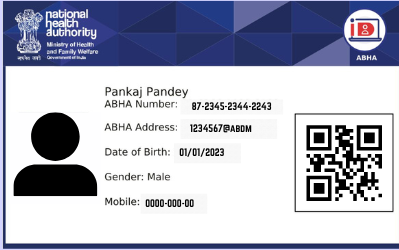
ABHA Card Services
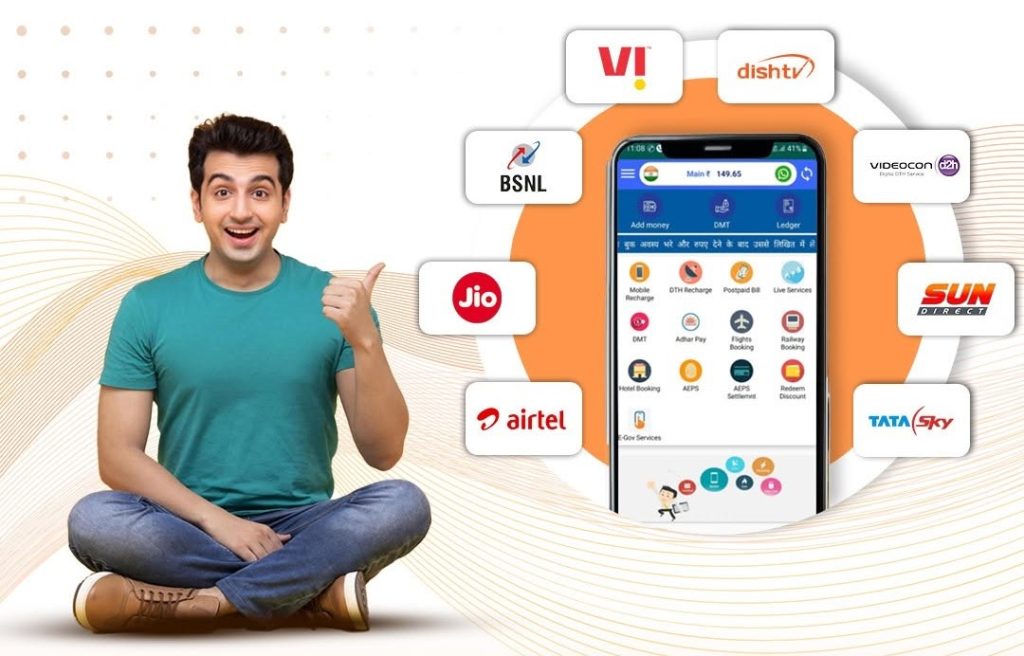
Postpaid Recharge's & Recharge
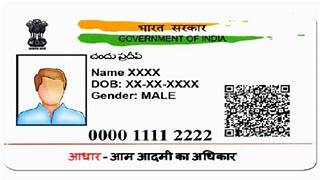
Aadhar Card Updation

Loan Repayment
FAQ
- Cost Efficiency: You save time and money on product development and manufacturing.
- Brand Expansion: You can offer more products and services under your brand without the need for extensive development or operational changes.
- Focus on Sales and Marketing: White labeling allows you to focus on your core strengths like marketing, customer service, and sales, while another company handles production or service delivery.
Original manufacturer or service provider owns the intellectual property, including patents and trademarks. You, as the reseller, own the branding and customer relationships tied to the product or service under your label.
- Quality: Ensure the product or service meets your quality standards.
- Reliability: Look for a provider with a track record of delivering on time.
- Customization Options: Check if they offer branding flexibility and customization.
- Support: Choose a provider with strong customer service and technical support to help your business succeed.
- Dependence on Providers: You are reliant on the white-label partner for product quality and delivery timelines.
- Limited Control: Customization options might be limited, and changes could take time.
- Market Confusion: If not communicated properly, clients may get confused about the original source of the product.
- Software: SaaS (Software-as-a-Service) companies often offer white-label solutions for CRM, email marketing, or other digital services.
- Financial Services: White-label solutions are common in financial products like credit cards, insurance, and investment platforms.
- Manufacturing: In industries like electronics, cosmetics, and food, white labeling is a common way to expand product offerings without creating new items from scratch.
- Trademark & Branding: Ensure that the products you white label are legally allowed to be branded with your company’s trademark.
- Contracts: Always have a formal agreement with your white-label supplier that includes details on intellectual property, product specifications, quality standards, and liabilities.
- Compliance: Ensure the product or service complies with any relevant regulations, including safety standards, privacy laws, and industry-specific guidelines.
- Fixed pricing: The provider charges a set amount for the product/service, regardless of your sales volume.
- Volume-based pricing: The more products you buy, the lower the unit price.
- Royalty-based: A royalty payment is made based on sales revenue, often used for intellectual property or software solutions.
Marketing white-labeled products involves promoting them under your brand name and messaging. You’ll need a clear marketing strategy that highlights the benefits of the product or service and how it aligns with your company’s values. Your provider may also offer marketing materials or support to help with this effort.
Customer support for white-labeled products is usually your responsibility, as you are the brand the customers recognize. However, the original provider may offer assistance if technical issues arise or provide training on handling certain aspects.
The duration of a white-label agreement can vary. Some partnerships are short-term (1–2 years), while others are long-term (3–5 years or more), depending on the nature of the product or service, the level of customization, and mutual business objectives.
- Cost of Goods Sold (COGS): The price you pay to the white-label supplier.
- Market Competitiveness: Research your competitors and the value proposition of your offering.
- Profit Margins: Set a price that allows for a healthy profit margin while staying competitive.
- Additional Costs: Account for packaging, marketing, customer support, and operational costs. You might want to use a cost-plus pricing model or a value-based model depending on your business goals.
- Technical Support: Assistance with any issues related to the product’s functionality or use.
- Marketing Assistance: Resources like branding guides, promotional materials, and case studies to help you sell the product.
- Training: Some providers offer training for your sales or customer support teams on the product details.
- Custom Branding: Work with your provider to ensure your branding is distinct and easily recognizable.
- Customer Experience: Provide exceptional customer service to foster brand loyalty.
- Quality Control: Ensure that the product meets your brand’s quality standards to avoid potential negative reviews.
- Legal Protection: Trademark your brand and product names to prevent unauthorized use.
- Software/Tech: SaaS products, apps, and platforms.
- Health & Wellness: Supplements, skincare, and fitness equipment.
- Financial Services: White-labeled insurance, credit cards, and banking solutions.
- Retail: Clothing, electronics, and consumer goods.
- Marketing & SEO: Agencies offering rebranded marketing services. White labeling is suitable for any business that seeks to expand its product offerings quickly without developing new products from scratch.
- Work with the Provider: Request improvements or changes to the product to meet quality standards.
- Rebrand or Discontinue: If the issues persist, you may need to explore new suppliers or discontinue the product.
- Customer Support: Involve your customer service team to handle returns, refunds, or exchanges, depending on the agreement with the provider.
- Lead Times: Understand the time it takes for your supplier to produce and ship products.
- Stock Levels: Coordinate inventory planning to ensure you have enough stock for demand but not too much to avoid overstocking.
- Shipping & Delivery: Ensure clear logistics practices and timelines are in place to avoid delays. Some providers offer drop-shipping, where they handle storage and fulfillment directly to the customer, reducing your logistical responsibilities.
- Clear Communication: Be transparent with customers about the product’s origins if appropriate, focusing on its quality and value.
- Consistent Branding: Ensure your branding and messaging align with the expectations you want to set for the product.
- Customer Education: Provide product guides, tutorials, or FAQs to educate customers on the benefits and features of the product.
- Quality Assurance: Make sure the product consistently meets or exceeds customer expectations by working closely with your white-label partner.
Yes, but it may be more challenging. Highly technical products often require specialized knowledge or support, which you should consider when selecting a white-label partner.
- Focus on Customer Experience: Differentiate through superior customer service, fast shipping, and personalized communication.
- Offer Bundles or Packages: Combine the white-labeled product with other offerings you sell to create unique bundles.
- Brand Storytelling: Develop a compelling narrative around your brand and emphasize how your values align with the product.
- Target Specific Niches: Tailor your marketing to specific customer segments that may value the product more than a general audience.
- Upfront Product Cost: The price you pay to the white-label provider for the product or service.
- Customization Fees: Charges for branding, packaging, or other customizations.
- Shipping and Handling: Costs related to inventory, warehousing, and distribution.
- Marketing and Sales Costs: Expenses for promoting and selling the product, such as advertising, content creation, or sales team compensation.
- Ongoing Support and Maintenance: If offering services or SaaS, you may have additional ongoing costs for support and system maintenance.
- Clear Communication: Keep open lines of communication to address any issues or opportunities.
- Regular Reviews: Conduct regular business reviews to assess performance, quality, and future goals.
- Mutual Trust: Establish trust through transparent dealings, timely payments, and reliable order volumes.
- Collaboration: Work closely with your partner to innovate and adapt to market demands, rather than just acting as a buyer.
- Set Clear Expectations: Establish clear quality standards with your white-label provider.
- Conduct Regular Inspections: Periodically inspect the product before it reaches customers.
- Test New Batches: Perform tests on new batches of products to ensure they meet your quality criteria.
- Feedback Loop: Set up a feedback mechanism where customers can report quality issues, allowing you to address concerns quickly.
- Secure a Long-Term Contract: Lock in pricing, terms, and delivery schedules in a multi-year contract to prevent unexpected changes.
- Establish Clear Terms: Set terms that prevent the supplier from making changes without adequate notice (e.g., 90 days’ notice before changing prices).
- Build Flexibility: Negotiate clauses that allow you to switch suppliers or exit the contract without significant penalties if terms change drastically.
- Regular Check-ins: Periodically review the relationship and performance to ensure expectations are being met.
- Intellectual Property (IP): Ensure that the white-label product doesn’t infringe on any existing patents, trademarks, or copyrights. You’ll need to confirm that your provider has the right to sell the product for rebranding purposes.
- Liability: You may be responsible for defects in the product, even if it’s white-labeled. Having clear agreements with your supplier regarding liability, warranties, and product recalls is important.
- Compliance: Make sure the product complies with regulations in the target market (e.g., safety, health, environmental standards).
- Branding Restrictions: Be aware of any limitations your supplier places on how you can brand or market the product.
- Volume Flexibility: Work with a white-label supplier who can scale production according to your business growth.
- Automation: Integrate automation tools for inventory management, order fulfillment, and customer support to handle growing demand.
- Customer Service Infrastructure: Build a customer service infrastructure that can handle a larger volume of inquiries and support requests.
- Cloud-based Solutions: For digital or software products, ensure they are hosted on scalable cloud infrastructure.
- Software Products: Combine white-labeled software with your proprietary tools to offer a more comprehensive service.
- Consumer Goods: Sell white-labeled products alongside your own branded items to create a seamless shopping experience.
- Subscription Packages: Bundle white-labeled products with other offerings (e.g., exclusive content, additional services) to enhance customer loyalty and create a unique ecosystem.





